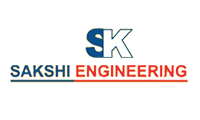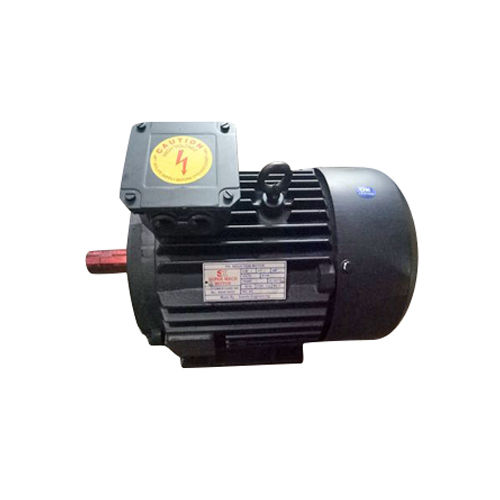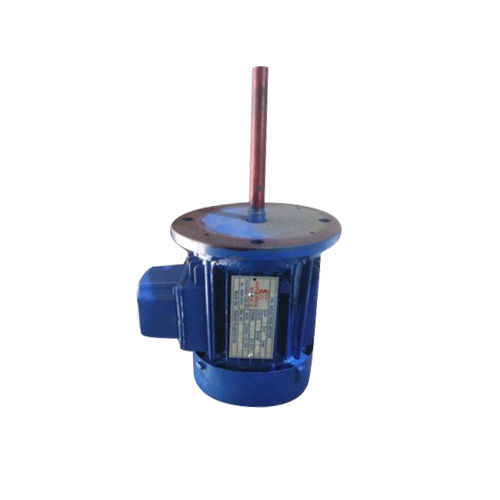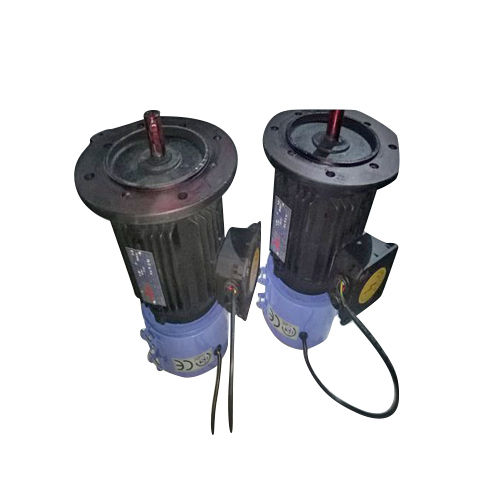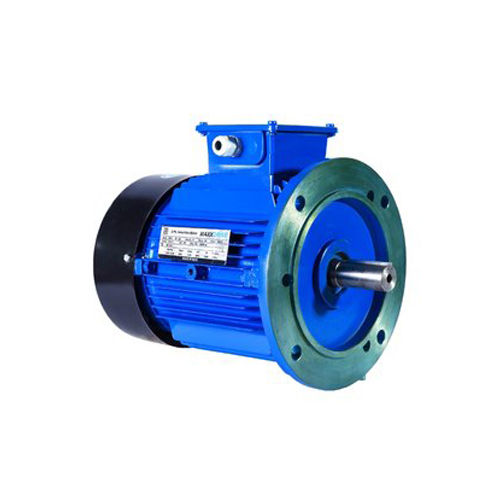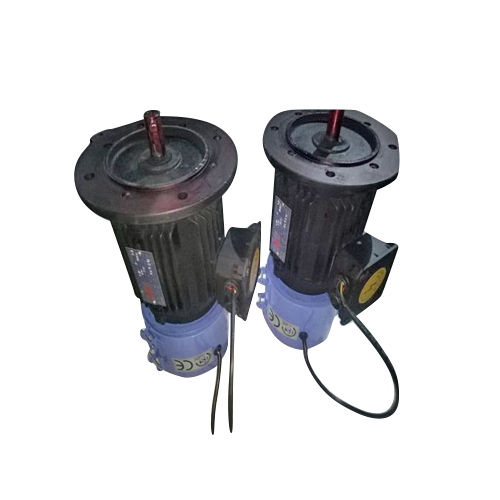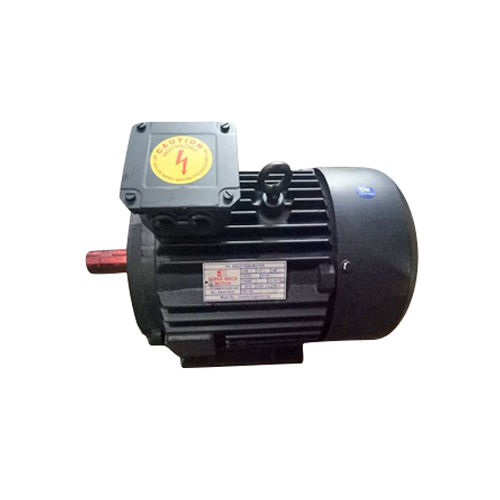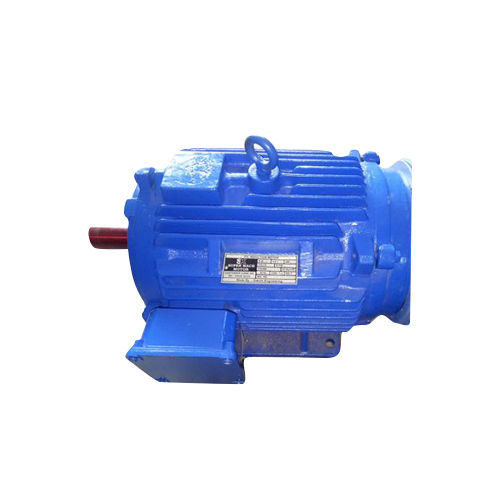AC Induction Motor
Product Details:
- Sealed Type Mechanical Seal
- Product Type AC Induction Motor
- Protect Feature Drip-Proof
- Phase Single Phase
- Starting Type Electric Start
- Color Blue
- Click to View more
AC Induction Motor Price And Quantity
- 10 Unit
- 6000 INR/Unit
AC Induction Motor Product Specifications
- Electric Start
- AC Induction Motor
- Single Phase
- Drip-Proof
- Mechanical Seal
- Blue
AC Induction Motor Trade Information
- Cash Advance (CA)
- 1000 Unit Per Month
- 10 Days
- All India
Product Description
Asynchronous motors, commonly referred to as AC induction motors, are a common form of electric motor that are employed in several commercial and industrial settings. It functions according to the electromagnetic induction principle, whereby the motor's rotating magnetic field interacts with the currents induced in the rotor to produce mechanical power.
Here is a quick rundown of an AC induction motor's major parts and operation:
1. Stator: The stator, which is the motor's stationary component, has regularly spaced windings constructed commonly of copper wire around a laminated iron core. When energised, an AC power source coupled to these windings produces a revolving magnetic field.
2. Rotor: The motor's rotating component, or rotor, can be either a wound rotor or a squirrel-cage rotor. The most popular kind is a squirrel-cage rotor, which has conductive bars set into slots around the circumference and laminated iron cores in the centre. The ends of the bars are short-circuited to create a closed circuit. No external power source is connected to the rotor circuit.
3. Working Principle: A rotating magnetic field is produced when AC power is applied to the stator windings. Through electromagnetic induction, this magnetic field causes currents to flow through the rotor conductors. Lenz's law states that the induced currents produce a magnetic field in the rotor that is opposite to the magnetic field in the stator. The rotor then experiences a torque and begins to rotate in the direction of the revolving magnetic field as a result.
4. Slip is the difference between the rotor's actual speed and the speed of the revolving magnetic field. Slip is essential to keep the induced currents in the rotor flowing because they are what provide the torque required to overcome the mechanical load on the motor.
AC induction motors have a number of benefits, such as straightforward design, durability, and high reliability. They are extensively utilised in many different applications, including conveyors, pumps, fans, and industrial gear. To meet individual needs, they come in a variety of sizes and power levels.
It's important to note that there are various kinds of AC induction motors, including single-phase and three-phase induction motors, each having unique properties and uses.
FAQ
1. How do AC induction motors work?
Ans - An electrical motor powered by alternating current and using electromagnetic induction to transform electrical energy into mechanical energy is known as an AC induction motor.
2. What constitutes an AC induction motor's major components?
Ans - An AC induction motor's principal components are its stator, rotor, commutator, windings, and bearing.
3. How do AC induction motors function?
Ans - The magnetic field generated by the stator windings that enter the rotor poles powers an AC induction motor. The rotor rotates as a result of this magnetic field, creating mechanical motion.
4. Why is employing an AC induction motor advantageous?
Ans - An AC induction motor's benefits include low maintenance requirements, durability, and affordability.
5. For what purposes can an AC induction motor be used?
Ans - Many household equipment, including fans, pumps, compressors, washers, and refrigerators, use AC induction motors. They are also utilised in industry on hoists, conveyors, and conveyor belts.
Other Products in 'Induction Motor' category
 |
SAKSHI ENGINEERING
All Rights Reserved.(Terms of Use) Developed and Managed by Infocom Network Private Limited. |
